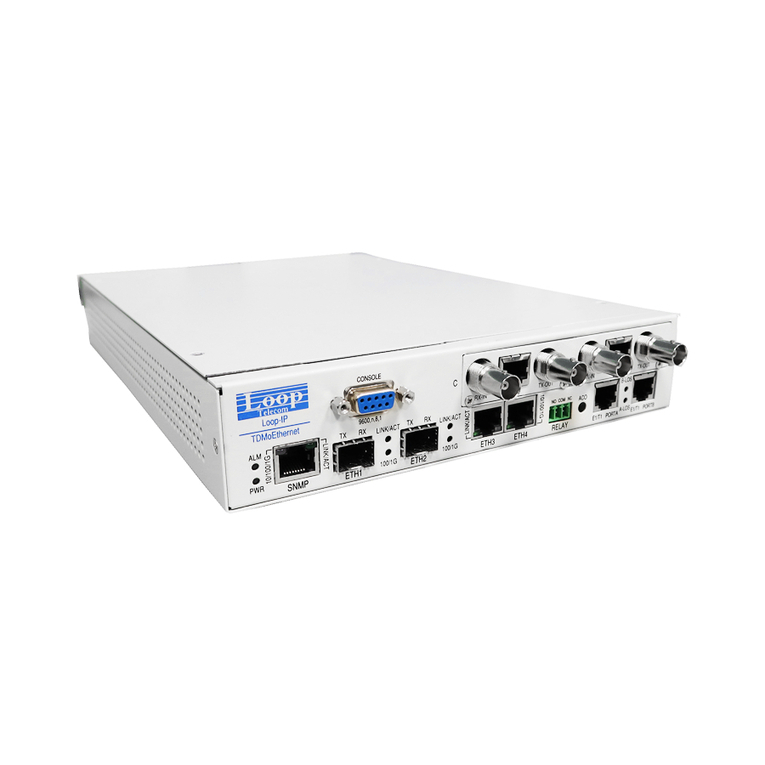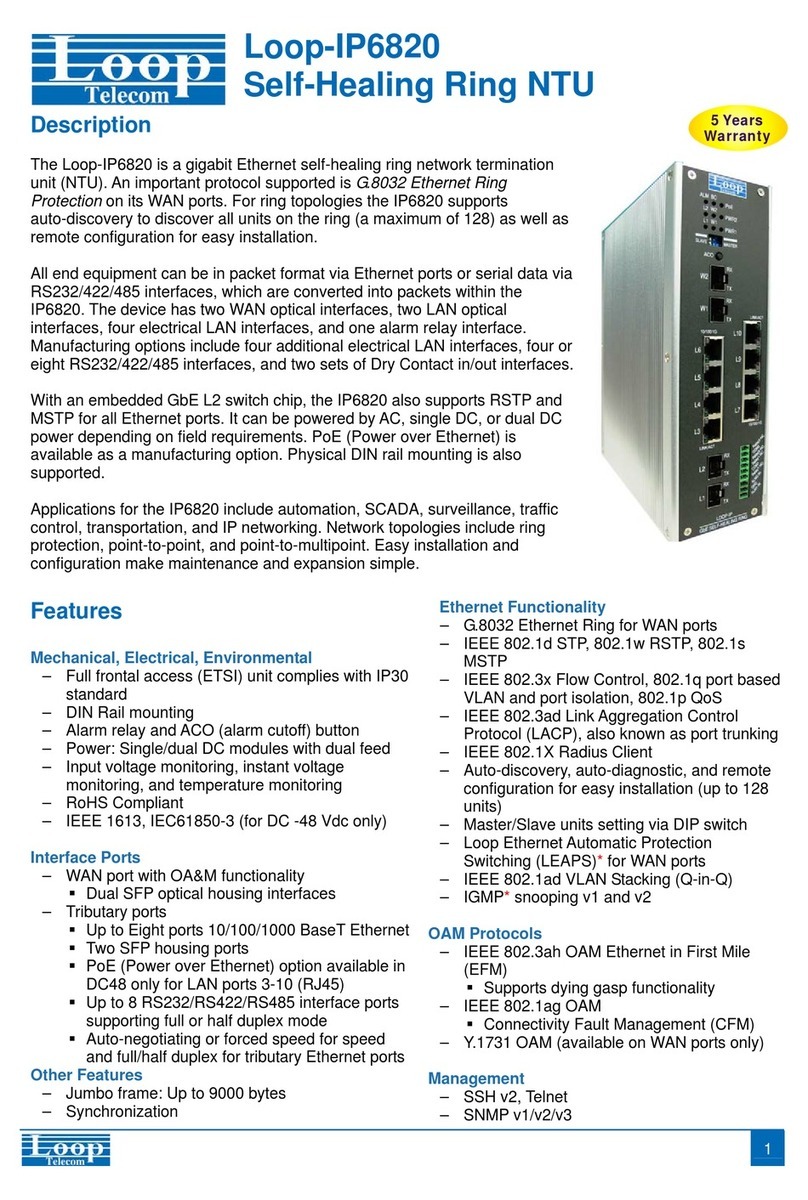5.3.1. Bundle IP Setup............................................................................. 42
5.3.2. TimeSlot to Bundle Setup.............................................................. 43
5.3.3. Bundle Link Setup.......................................................................... 43
5.4. Firmware Transfer................................................................................. 46
5.4.1. Download Firmware....................................................................... 47
5.4.2. Download Boot Strapper................................................................ 47
5.4.3. Download Configuration ................................................................ 48
5.4.4. Upload Configuration..................................................................... 49
5.4.5. Boot Bank Change......................................................................... 49
5.5. Clock Source Setup.............................................................................. 50
5.6. System Alarm Setup............................................................................. 51
5.7. SNTP Setup.......................................................................................... 51
5.8. ALS/APSD Setup.................................................................................. 52
5.9. Store/Retrieve Configuration................................................................. 53
5.10. System Display..................................................................................... 53
5.10.1. Config Display.............................................................................. 54
5.10.2. SNMP Display.............................................................................. 54
5.10.3. System Info Display..................................................................... 55
5.10.4. Switch Display ............................................................................. 55
5.10.4.1. RSTP Display .................................................................... 56
5.10.4.2. VLAN Display .................................................................... 56
5.10.4.2.1. VLAN Configuration.................................................................. 57
5.10.4.2.2. VLAN Port Display.................................................................... 57
5.10.4.3. Port Speed Display............................................................ 58
5.10.4.4. Port Statistics..................................................................... 58
5.10.4.5. MAC Table Display............................................................ 59
5.10.5. Static Route Display .................................................................... 59
5.11. Bundle Display...................................................................................... 60
5.11.1. Bundle IP Display ........................................................................ 60
5.11.2. DS0 TSlot to Bundle Display........................................................ 61
5.11.3. Bundle Link Display..................................................................... 61
5.11.4. Bundle Summary......................................................................... 62
5.11.5. Bundle Status .............................................................................. 62
5.12. Clock Source Display............................................................................ 63
5.13. Alarm Queue Summary ........................................................................ 64
5.14. Currently-Active Alarm Summary.......................................................... 65
5.15. SFP Status............................................................................................ 65
5.16. E1/T1 Sub-Menu................................................................................... 66
5.16.1. E1 Sun-Menu............................................................................... 66
5.16.1.1. Port Setup.......................................................................... 66
5.16.1.2. Port Loopback Test............................................................ 67
5.16.1.3. Clear Performance Data.................................................... 68
5.16.1.4. Port Alarm Setup ............................................................... 68
5.16.1.5. Clear Alarm History............................................................ 69
5.16.1.6. Bert Test............................................................................ 69
5.16.1.7. Port 1-Hour Perf. Report.................................................... 70
5.16.1.8. Port 24-Hour Perf. Report.................................................. 72
5.16.1.9. Port Line Availability .......................................................... 73
5.16.1.10. Port Configuration............................................................ 73
5.16.1.11. Port Status....................................................................... 74





























